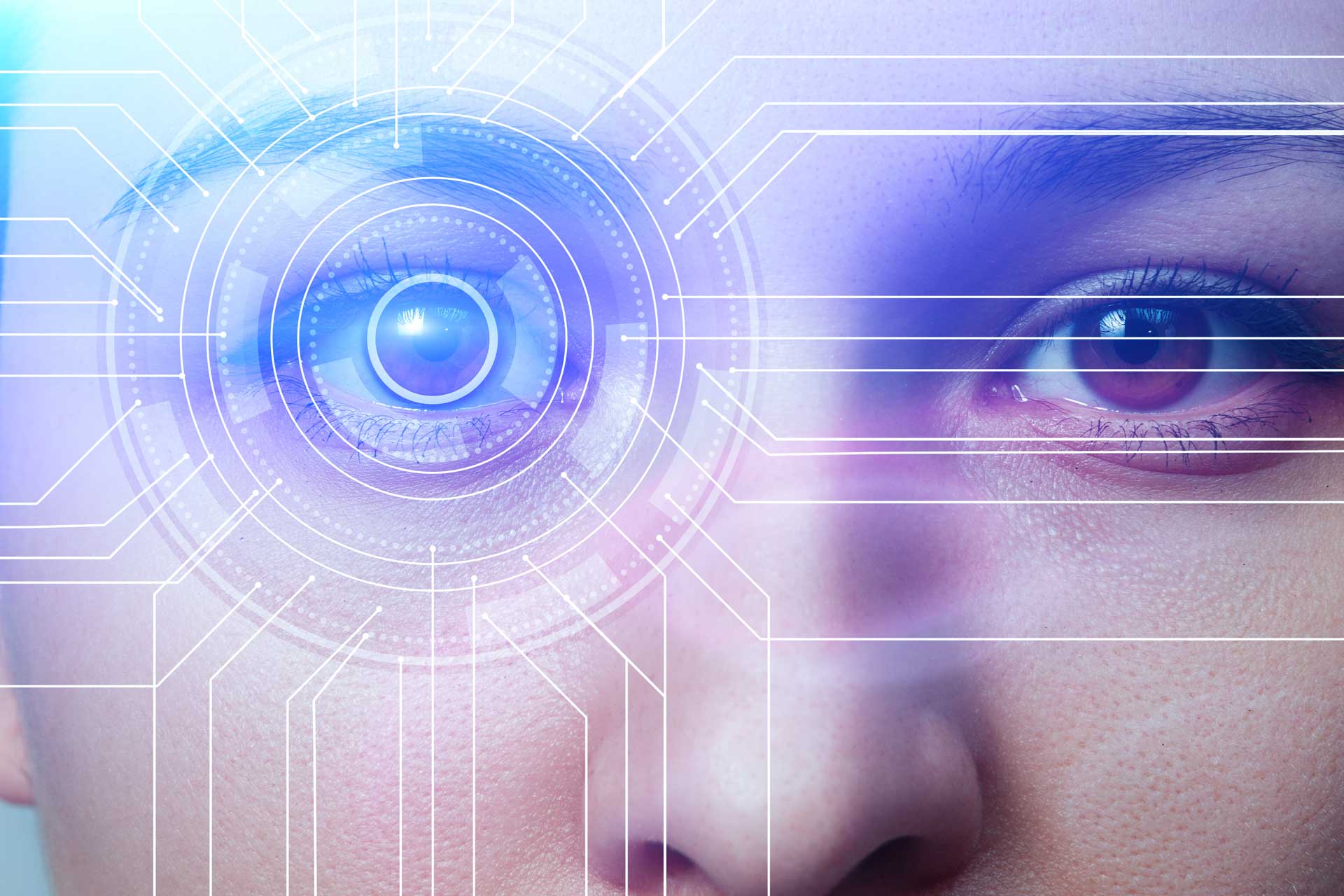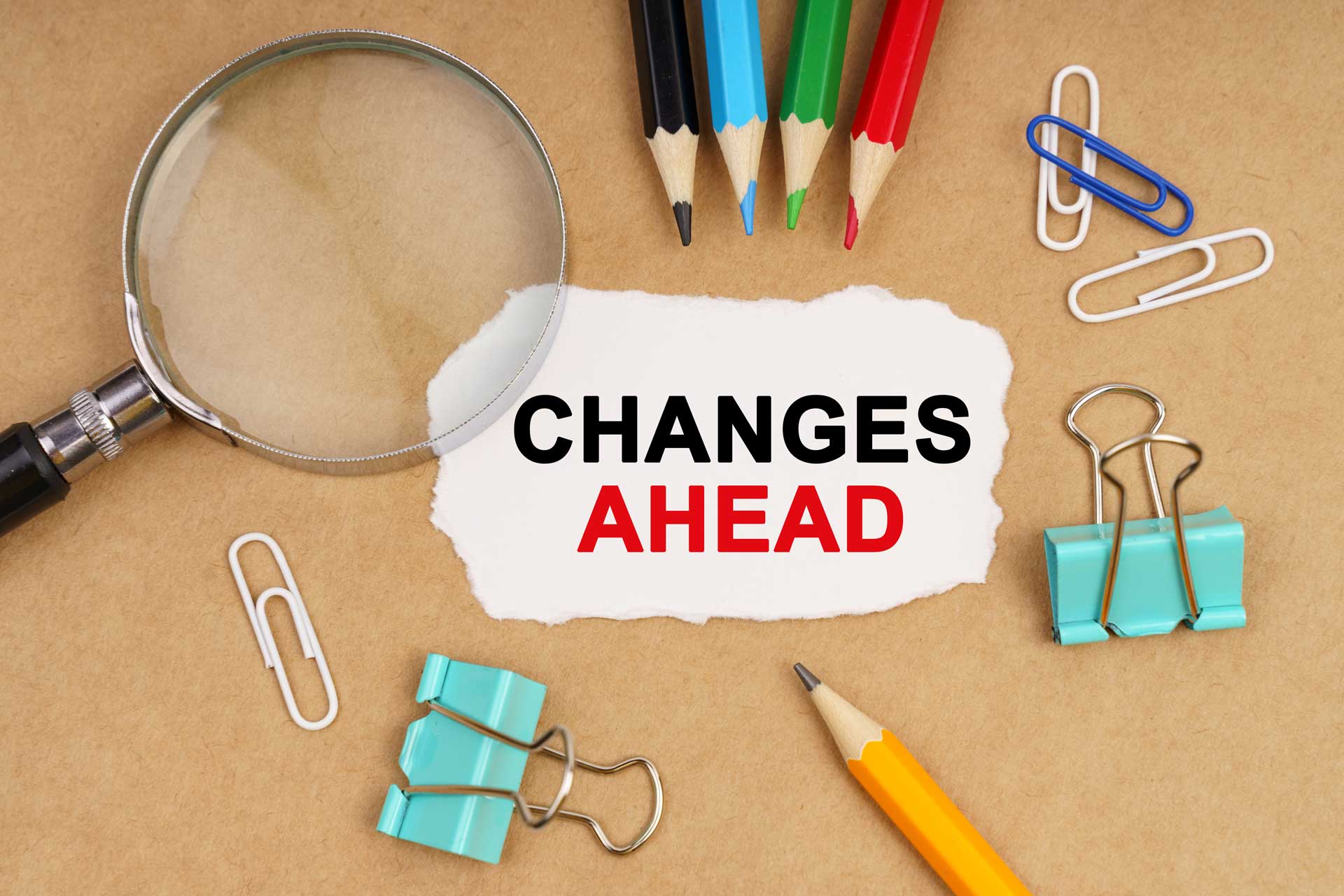If you’re not familiar with facial recognition (FTR), it’s time to learn the basics.
The reality is, it’s already playing a part in your life whether you know it or not. FTR is a type of biometric technology that mimics how people identify or verify others by examining faces. Recent advancements have increased the accuracy of automated FRT. The result? More communities are adopting it than ever before across a range of applications, but the technology is still far from perfect.
Critics like civil liberties groups argue facial recognition contributes to privacy erosion and reinforces biases.
Despite concerns, the use of FRT continues to explode, so it’s increasingly important to understand its use in government. That’s why GAO recently conducted a survey to learn how federal governments are implementing this technology. Currently, most state legislatures – including New York – have rejected bans and severe restrictions on facial recognition. So what does this mean for the future of public safety in your community?
GAO’s report surveyed 24 federal agencies about their use of FTR:
- 16 reported using it for digital access/cybersecurity, such as allowing employees to unlock agency smartphones with it
- 6 reported using it to generate leads in criminal investigations
- 5 reported using it for physical security, such as controlling access to a building/facility
- 10 said they planned to expand its use through fiscal year 2023. For example, an agency plans to pilot the use of FRT to automate the identity verification process for airports travelers
At the municipal level, the number of localities considering broad bans on facial recognition has been limited in 2021 to just three.
Minneapolis and King County, Washington, passed bans on government use, while the Baltimore City Council recently approved the most expansive ban so far that also restricts personal and business use, joining Portland, Oregon, as one of the only two local jurisdictions out of 18 moving to restrict private-sector applications in addition to banning local government use.
So, how does the public feel about FTR?
Every community is different, so the residents in your community may be more supportive, or perhaps more skeptical than the survey results we’re about to share. Insight platform Piplsay polled 31,184 Americans this August to understand people’s views on the uses of facial recognition technology in public spaces. The poll respondents were told that some major U.S. retailers like Macy’s and Lowes have been using facial recognition to help to better detect organized retail theft. Forty percent of people surveyed were unaware of this fact and while 42 percent of people said they did not mind this, 38 percent did not support the use of the technology.
Many Americans surveyed on the subject agree that facial recognition is a helpful tool to crack down on fraud and crime, but the major concern seems to be a lack of transparency about the tech and the personal data being collected. The takeaway? If localities opt to simply disclose the use of the technology to the general public, it would likely garner more widespread support. The best gauge would of course be to start an open dialogue at your next in-person, or virtual community meeting.
What’s the latest here in New York?
New York City is the latest U.S. city to enact a biometric privacy law. Effective July 2021, the law puts new limits on what businesses can do with the biometric customer data, giving New Yorkers greater protections over how their data is collected and used. Businesses that collect biometric information — most commonly in the form of facial recognition and fingerprints — are required to post notices and signs at their doors explaining how customer data will be collected. The ordinance applies to a wide range of businesses — retailers, stores, restaurants, and theaters, to name a few — which are also barred from selling, sharing, or otherwise profiting from the biometric information that they collect. Businesses can face stiff penalties for violating the law but can escape fines if they fix the violation quickly. While your locality hasn’t yet adopted any specific biometrics or facial recognition laws, it’s bound to remain a hot button topic for years to come. It’s a good idea to keep this growing tech on your radar and check in with local leaders and constituents to gauge their perspectives. At RBT, we understand that governmental entities face enormous challenges every day and that it can be difficult to keep up with ever-evolving policies and technology. Please reach out to our trusted team if you have questions and feel free to schedule a consultation.
Sources: Biometric Update, Security Info Watch, GAO



